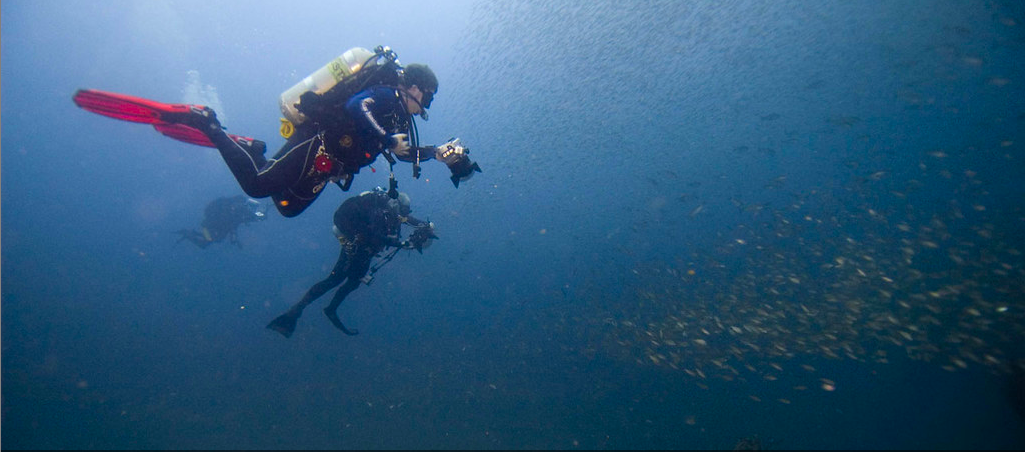New Scientist
Image: NOAA’s National Ocean Service
Beautiful corals, graceful sea turtles and 4-metre-long tiger sharks. It is easy to see why tourists flock to the Dampier Archipelago in north-west Australia to dive among the thrilling – if occasionally intimidating – marine life. But these seas contain something that isn’t advertised by tour guides. When Chelsea Wiseman and her colleagues went diving here in 2019, they found stone tools on the seabed. The artefacts were last touched by human hands at least 7000 years ago, before the sea rose, the land drowned and the sharks moved in.
“We were ecstatic, just blown away, to find the tools,” says Wiseman, an archaeologist at Flinders University in Adelaide, Australia. And with good reason. During the early millennia of human evolution, sea levels were mostly much lower than they are today, with huge areas of what is now submerged coastal shelf inhabited by our ancient relatives. What they were up to in these Stone Age coastal areas has long been a mystery because studying these underwater sites is so hard.
With the archaeology of our coastal waters largely unexplored, we are missing a huge piece of human history. Now, however, that is changing. Read more on newscientist.com…








